Rail and Tree: The Story of the Cochin Forest Steam Tramway
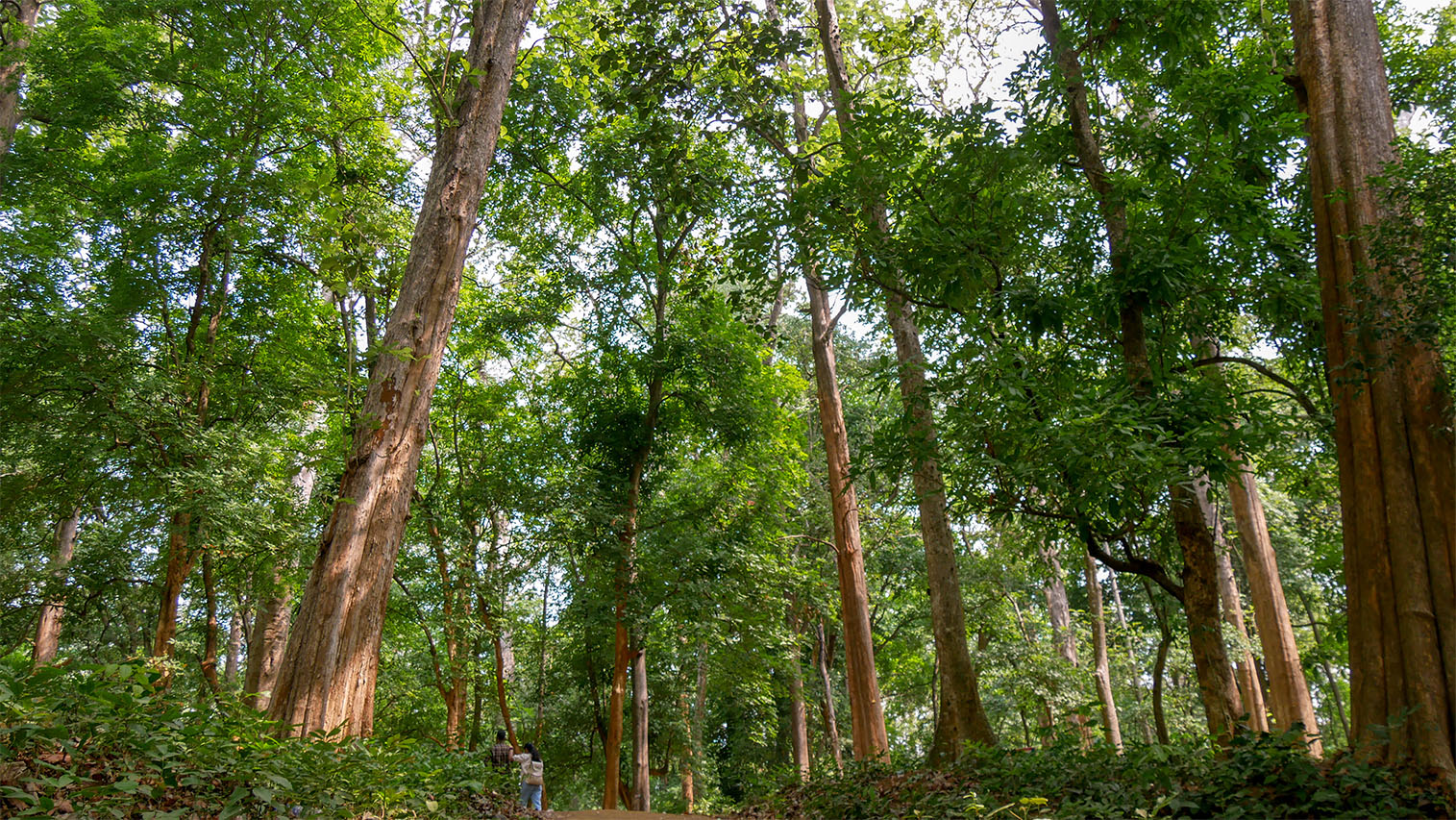
The process of empire-building and colonialism by the British in the Indian subcontinent was driven by the accumulation and exploitation of natural resources. To serve the commercial and infrastructural needs of the early years of British rule, primarily the expansion of the railways, the pristine forests of the Indian Subcontinent were prospected to tap timber as a resource. They aimed at creating a timber monopoly.
In the early 20th century, the Court of Directors initiated the identification of commodities. This extensive survey included the Great Trigonometric Survey started on 10 April 1906. The surveyors methodically documented the biodiversity of the subcontinent, identifying trees, medicinal plants, and communities dependent on these natural resources and their settlement patterns at the Forest Research Institute in Dehradun, where they deduced specific qualities of each tree and determined the utility of the trees.
With the accumulation of wealth over centuries from the Industrial Revolution, there was a huge demand for imported teak from Burma and India. This was accompanied by the demand for railway sleepers for the building of the vast rail network across the subcontinent. Between 1853 and 1910, more than 80,000 km of tracks were laid, resulting in the catastrophic destruction of the ecology of the region’s forests.
By the late 18th and beginning of the 19th centuries, with a reduced yield of timber from accessible forest area, large interior areas of forest still untapped, and forest-dwelling communities inhabiting the parts of the forest, the British felt the need to start formulating policy to properly exploit the forest in systematic ways.
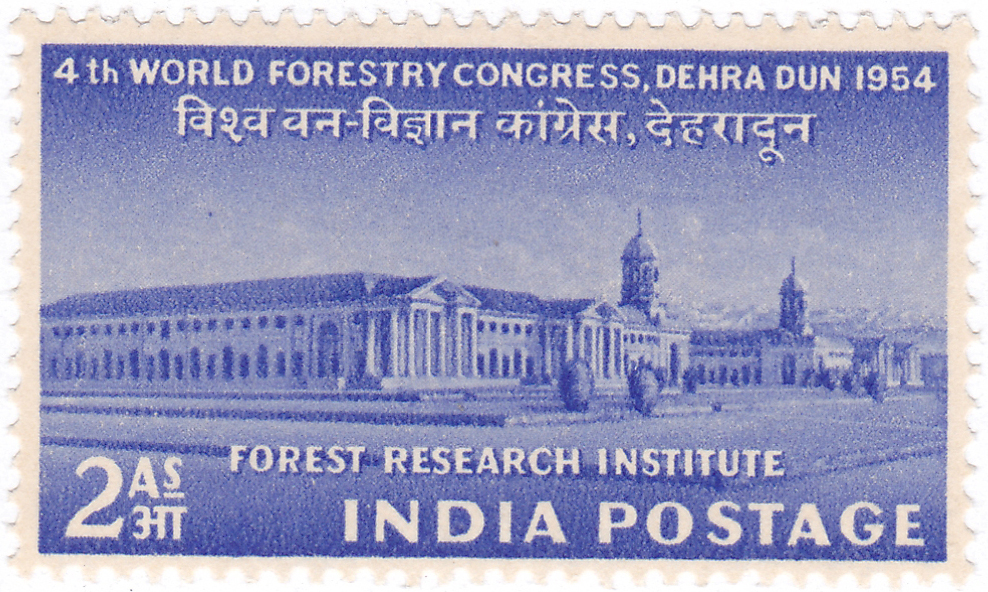
Timeline of Major Laws Issued as a part of Colonial Forest Policy

The forest policies of the British applied to the Cochin state as it entered into a subsidiary alliance with the British under the Madras government. During 1800–95, the British government established the Forest Department, intending to monopolise valuable timber. Other forest reforms emerged from the protracted efforts and correspondence between Raja Rama Varma, Cochin’s monarch, and the British government. Fascinated by the departmental system of the British, the Raja had frequent meetings with the British Conservators of Cochin forests to change the forest administration of Cochin. One of the major issues discussed was the smuggling of timber into Thrissur and Ollur, which were adjacent to British areas. This action deprived Cochin of its revenue and also led to the loss of vast areas of forests. These incidents stressed the need for adequate facilities to transport timber safely from Cochin forests.
Plan for a Tramway
The common method for transporting timber used elephants, which became obsolete due to the inability of elephants to drag the logs to the depots. The initial suggestion proposed in the durbar was to open cart roads through the forests to facilitate continuous supply. During this time, J.C. Kohlohoff recommended the construction of a tramway to explore the virgin forests of Parambikulam.
The timber from other forests was floated down to the depots through the river, which opened the possibility of utilising the Chalakudy River as a transportation channel. Robert E. Haffield was appointed in 1900 to survey and report the possibilities of this proposition. The report discovered that the higher ends of the river were full of hurdles and a land route with suitable transportation would tap a longer and richer forest region year-round. This proposal led to the establishment of the Forest Tramway.
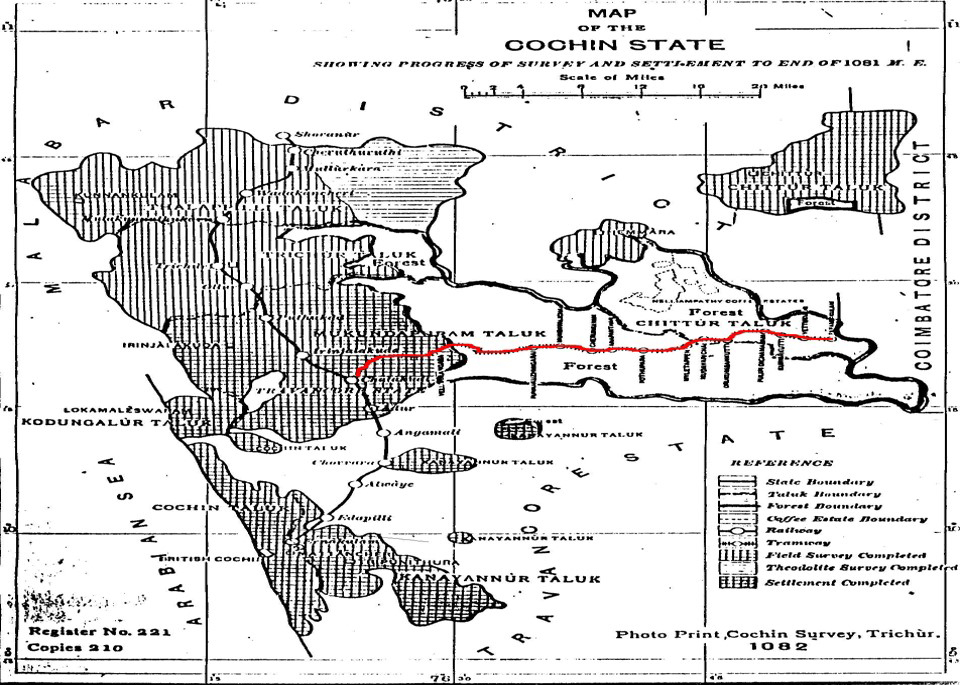
Timeline of the Cochin Forest Steam Tramway
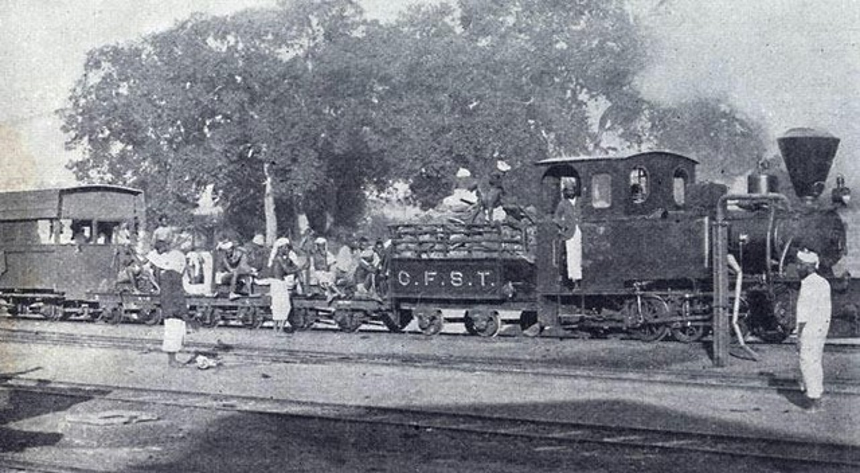
Building the Tramway
The tramway was designed to work the virgin forests of Parambikulam and Orukomban. It covered a distance of 83.20 km from its starting point, Chalakudy. The work began in 1901 and was completed in 1907. The main block of the forests worked by the tramline was the Parambikulam area, located in the eastern regions of the state forests. Although the tramway was intended to serve the Forest Department, private traffic was also allowed as the tramway transported fuel, canes, reeds, and sleepers extracted by private contractors.
The rolling stock of the forest tramway consisted only of open bogie trucks designed for carrying timber swivelled bolsters and chilled cast iron wheels, with a carrying capacity of 12 tonnes. All the sections had steam engines alongside 70 open wagons and 2 bogies. It was designed uniquely with deep inclines, zigzag lines, brake houses, and turn plates, totalling 49.5 miles.
Madakkuvazhikal
A unique feature that started from the second section of the tramway system was the zigzag curves through which the tramway ascended and descended the mountains. Known as the Madakkuvazhikal, the workers referred to these curves as ‘three points climb up’ and ‘two points climb down’. In these climbs, the train moved through an extended line to an endpoint and started moving backwards in reverse, rolling along the main line until it reached another reverse point. These movements took the train up and down the climbs which helped with the transportation of timber.
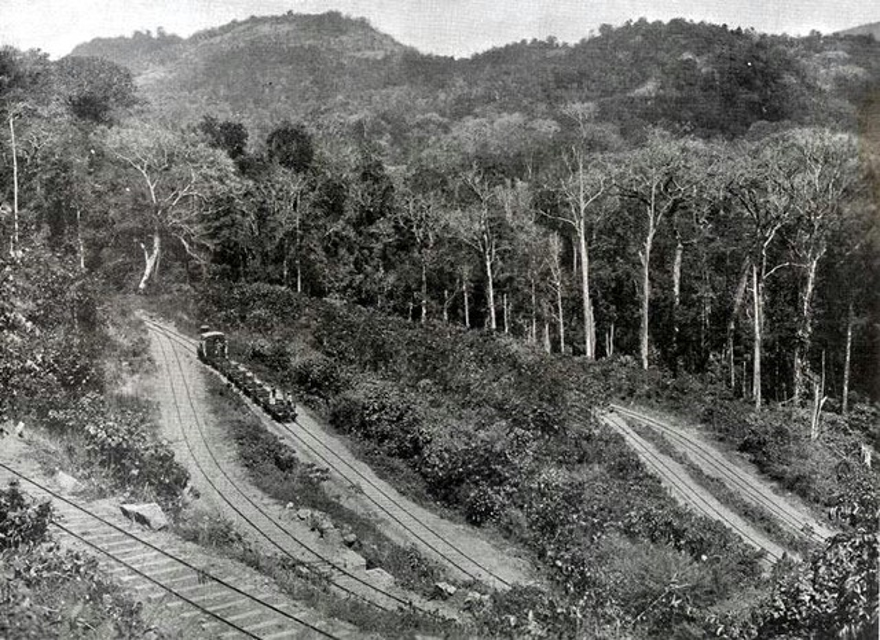
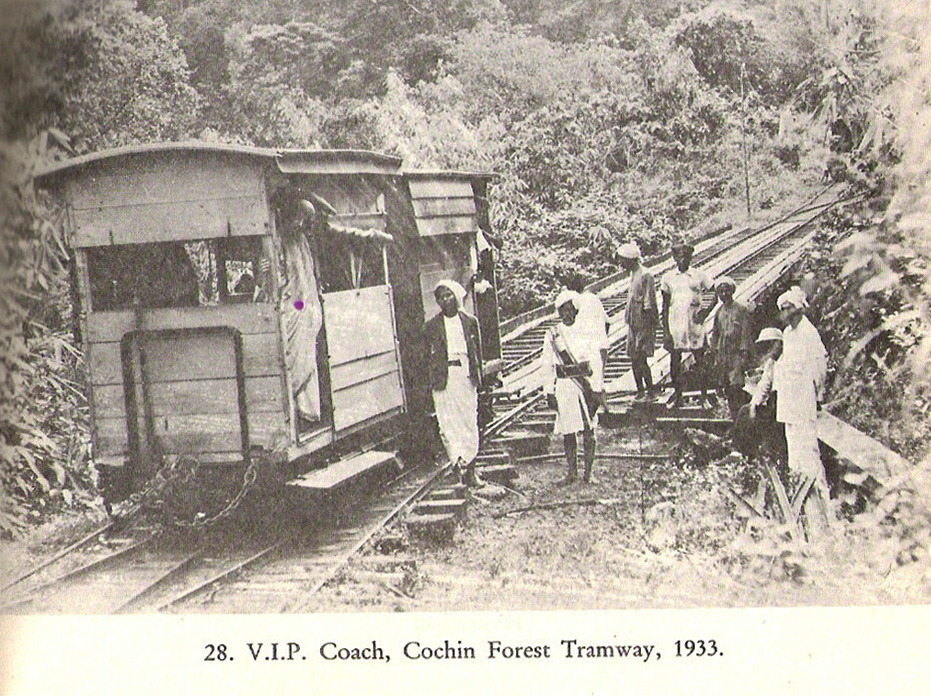
Staff
The Tramway staff consisted of Permanent Way Inspectors, Loco Foreman, Drivers, Strikers, Traffic Inspectors, Guards, and Brake Coolies in addition to the administrative staff. Tribals like Kadars and Malayars were employed as watchers and coolies in the tramway service. Hence, the tribal population was exploited as accomplices in extracting forest wealth.
Timber for War
India was the only supplier of timber to the Middle East and the allied forces in Iraq and the Persian Gulf. In the case of Cochin, during both world wars, financial aid was provided through the supply of timber necessary for the war. In 1940, a Timber Directorate was set up in Delhi to channel the supplies of forest produce from the provinces. The Cochin Forest Department worked as a major liaison between the Timber Supply Circle of Madras and the Timber Directorate of Delhi. This further led to the allocation of extra funds for the Tramway and the Forest Department by the Forest Conservator.

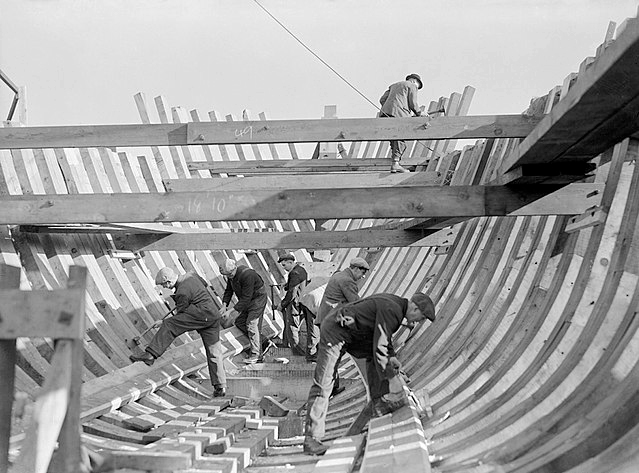
Timber and Shipbuilding
The government opened up roads into forests untapped by the Forest Department, supplying timber for other ventures related to the war, including shipbuilding. Thus, the strategic value of Indian forests, which was evident in the building of the railway network, was forcefully highlighted during the world wars with the emergence of the shipbuilding industry. The shipbuilding industry revived due to the continuous supply and availability of sufficient timber and trained labour brought to the notice of the War Department. The South Indian Corporation built many ships for the British Navy using the supply of timber from Cochin.
However, the uncontrolled utilisation of timber had major repercussions on the forest cover of the Cochin State.
Ecological Destruction
In the subsequent years, Cochin saw massive destruction of its forests, as it was also found that the anticipations of the Sarkar in getting additional revenue failed. Many private agencies were found supplying larger quantities of timber to the British. In addition, large areas of forests were leased out to private European landowners to start plantations. Even the Conservator of Forests called the tramway ‘a necessary evil’, till the state worked out all the timber of the Parambikulam forest. These circumstances received severe backlash from the Cochin Legislative Council and public leaders.
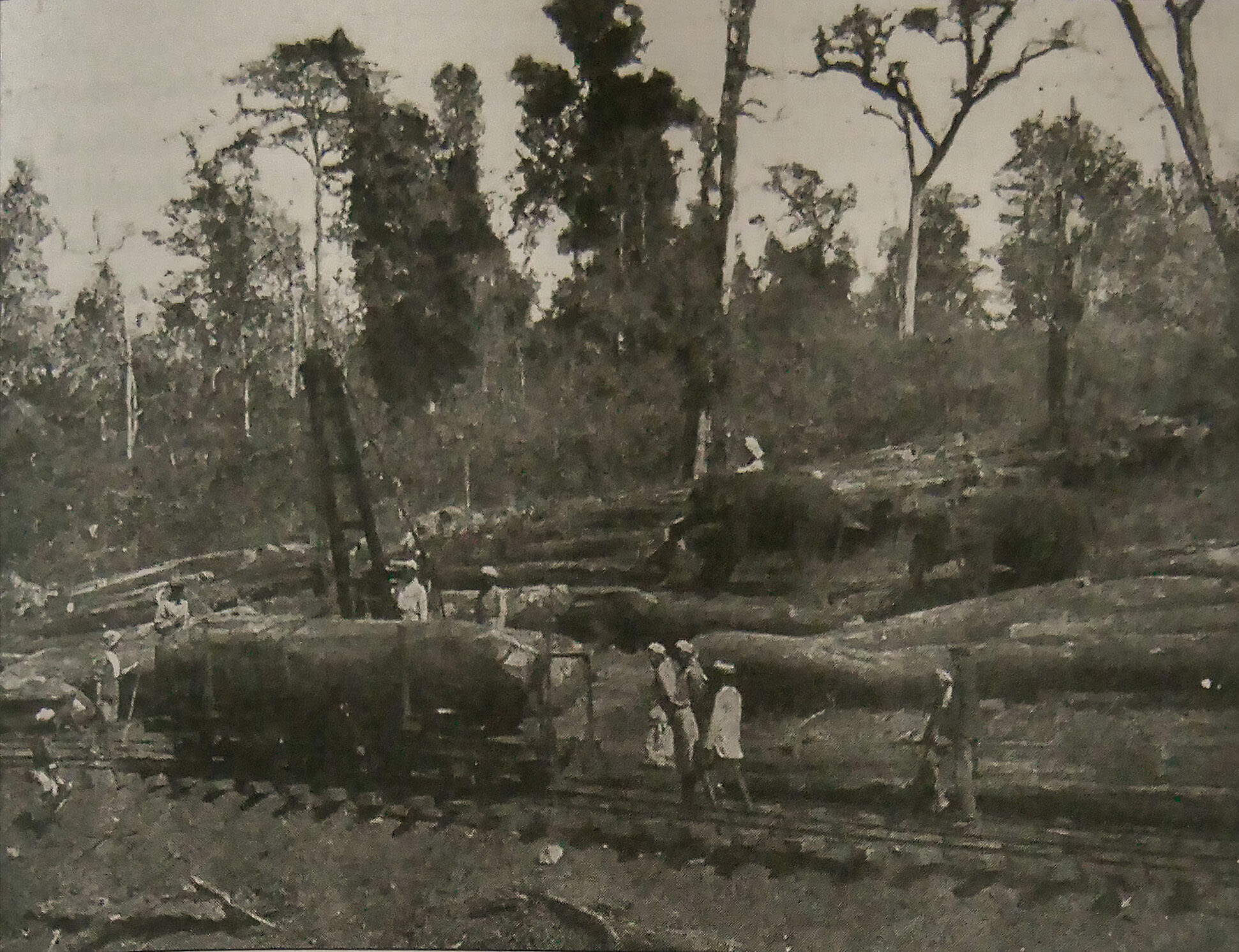
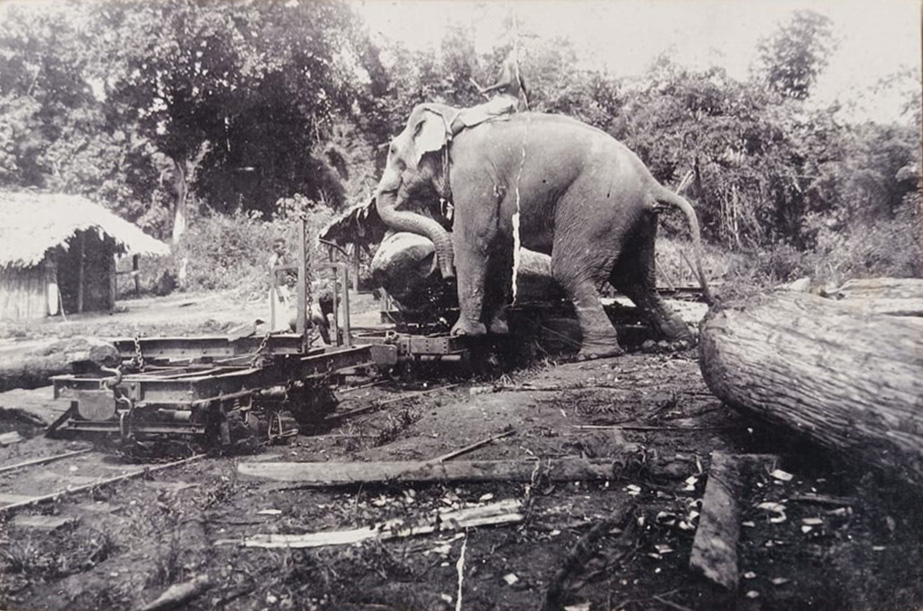
Backlash and Resistance
The Finance Committee formed in 1926 discovered that the total quantity of timber extracted from the Orukomban Working Circle was less than anticipated. It also found that catering to the exigencies of the imperialists and in the absence of proper planning for extracting timber from the forests, the tramway was spending more than its operations had earned. Agitated over the irregular functioning of the Forest Department and the continuation of the tramway, the council members moved several motions to reduce the allotment of funds for the Forest Department and the tramway. C.A. Ouseph, the elected member from Chalakudy, attacked the colonial forest policies and questioned the prolonged working of the tramway after deviating from its original plan. This backlash continued in the following decades but neither was the tramway ever discontinued by the Cochin State nor were the funds for the same reduced. The major reason behind this leniency was the fact that the tramway was profitable for the British.
Legacy of the Tramway
The tramway continued to function in Cochin even after Independence. With the formation of the state of Kerala, the relevance of the system was questioned and debated between the tramway staff and the Forest Department. Based on the Conservator of Forests Report 1951, it was decided to discontinue the tramway, which was implemented in 1963.
The construction of the tramway can be considered an engineering marvel for its infrastructural brilliance and how it manipulated the crevices of Kerala’s unique topography to promote trade and industrial interests of the colonial power. It is an example of the techno-ecological imperialism practised by the British to promote their commercial interests. However, this colonial innovation had a detrimental effect on Cochin’s natural resources, as it led to a huge loss of forest cover as a consequence.

